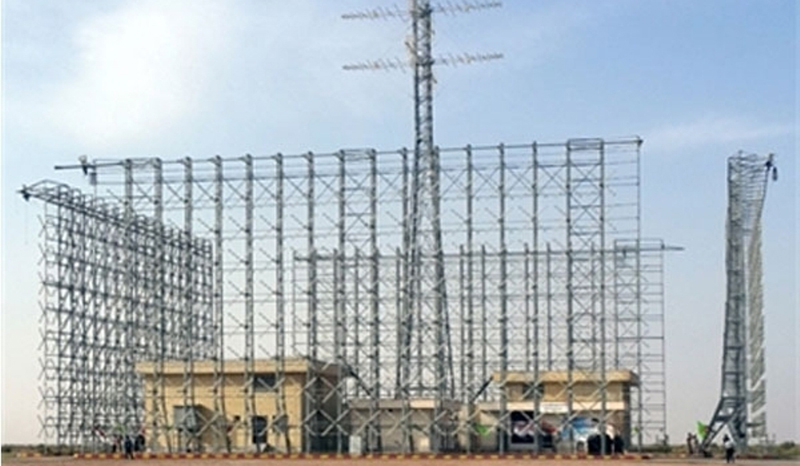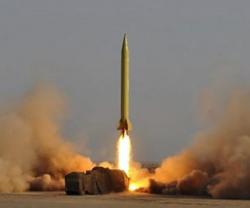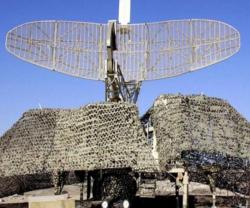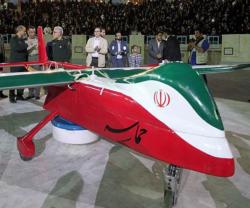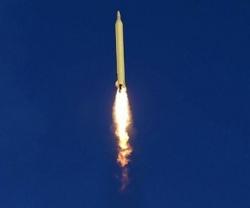The radar which can detect hostile flying objects up to 300km in altitude and 1,100km in distance was tested in Payambar-e Azam (the Great Messenger) 6 wargames in 2011.
The powerful radar is capable of detecting flying targets, radar-evading fighter jets and drones, cruise and ballistic missiles and low-orbit satellites.
Iran announced in August that it has finalized construction of space radars to detect satellite and space objects' trajectories, adding that the country is now using new passive phased array radars to detect stealth targets and cruise missiles.
“The executive stages of Sepehr (Sky) space radar with the range of over 2,500km have been accomplished and the point for its deployment has also been specified,” Esmayeeli told reporters in Tehran at the time.
He also pointed to the designing and building of new passive phased array radars under the name of 'Soundless Project', and said: “The radar is capable of detecting stealth (radar-evading) targets and cruise missiles and enjoys a high movement and mobility capabilities and acts in different ranges.”
In relevant remarks in February, former Iranian Defense Minister Brigadier General Ahmad Vahidi said that Iran planned to develop different types of radar systems with satellite detecting capabilities.
Addressing the second conference on radar technology systems here in Tehran at the time, Vahidi said Iran has witnessed "a jump" in the field of radar designing and manufacturing.
“Today, we have many achievements in different fields. Radars covering ranges of 500km to 700km have been manufactured and production of radar systems with 1,000km to 3,000km of range is underway,” Vahidi explained.
He added that Iran is trying to develop radar systems to detect satellites, and said to do so, the radar systems are connected in phased arrangements to cover very long ranges and detect and track satellites.
Iranian officials have announced that the country has now reached self-sufficiency in producing radar systems in different frequencies and for various ranges.

